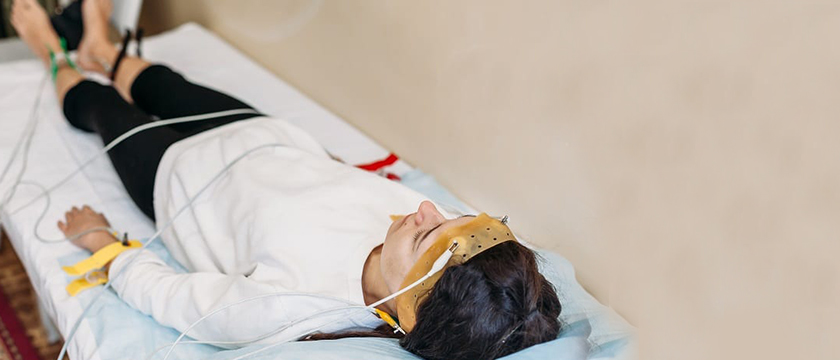SLEEP SPECIALIST
Sleep Specialist in Hyderabad
The PANACEA Centre provide state-of-the-art diagnostic services and treatment for the full range of sleep disorders.
Sleep Disorders
Sleep disorders are conditions that disrupt normal sleep patterns, affecting overall health and daily functioning. Common issues include insomnia, sleep apnea, restless leg syndrome, and narcolepsy. Proper diagnosis and treatment are crucial for improving sleep quality and overall well-being.
If you’re searching for a sleep specialist in Hyderabad, look no further. Our clinic offers expert care from some of the best sleep specialists in Hyderabad. We provide comprehensive evaluations and personalized treatment plans for various sleep disorders.
For those searching for a sleep specialist near me, our experienced doctors are conveniently located to provide top-notch care. We understand the impact of sleep issues on your life and are dedicated to finding effective solutions.
Choose the best sleep specialist doctor near me in Hyderabad for accurate diagnosis and effective treatment. Our specialists use the latest techniques and technologies to help you achieve restful, rejuvenating sleep. Contact us today for a consultation and start your journey to better sleep.

SNORING
Obstructive Sleep Apnea (OSA)
Central Sleep Apnea
Narcolepsy
Restless Legs Syndrome (RLS)
Periodic Limb Movement Disorder (PLMD)
Parasomnia
Insomnia
State-of-the-Art Equipment
To offer you the most comprehensive evaluation possible, the PANACEA Center are equipped with state-of-the-art diagnostic equipment to monitor brain, heart, respiratory and muscle activity during sleep. This equipment, combined with our physicians’ knowledge of the latest advances in sleep-related diagnostics and treatment, enables us to provide the best possible care.
Overnight Sleep Study
Sleep studies are painless and designed to encourage easy, normal sleep. When you arrive for your sleep study, a PANACEA Sleep Centre will carefully prepare you for the study and attach sensors to measure your breathing rate, oxygen levels, heart rhythm, brain waves, and the movements of your eyes, chin and legs while you sleep. The volume of your snoring will also be measured. Before going to sleep you will be introduced to a CPAP (continuous positive airway pressure) mask and machine. Halfway through the night, should the study reveal that you have moderate to severe obstructive sleep apnea, our technologist will wake you to implement CPAP and determine the best pressure needed to maintain an open airway while sleeping. Overnight sleep tests are completed by 6:00 to 7:00 am.
Home Sleep Testing
In the event that a home sleep test is desired, you will be provided with a Type III home sleep testing device. This is an at home, do-it-yourself kit with instructions provided. Following 1-2 nights of use you will return the device, which will then be scored and interpreted by a PANACEA Sleep physician and discussed at your follow-up office visit. This device is exclusively used for the evaluation of possible obstructive sleep apnea.
